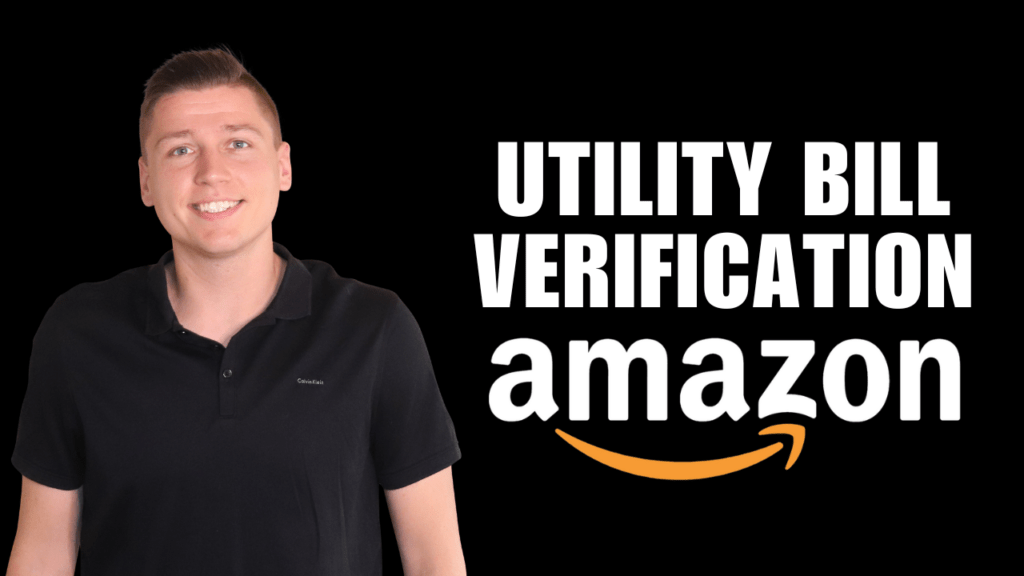In the spring of 2017, parents worldwide were growing increasingly concerned with a small, often colorful piece of contraband showing up in the backpacks and pockets of school students across the globe.
It was being labeled “addicting,” “a nuisance,” and “dangerous.”
The product was cheap, meaning everyone could get their hands on it for a quick ‘spin,’ as it would come to be known.
It put users in a zombie-like trance, zapping their attention spans as a result. The worst cases involved school children (and some adults) mindlessly gawking at their fingertips for hours on end, rendering them into a vegetable-like state.
And although widely critisized, it was completely legal and readily available 24/7 at every corner shop.
Street names included “Pondu 142” and the “WhirlyTwirly.”
“With monikers like that,” I thought, “that stuff’s guaranteed to get you whacked out of your gourd.
…or make you rich.”
…I decided to capitalize.
Turns out, you could buy the ole’ whirly in bulk from suppliers in East Asia.
So after days of negotiations with shady dealers, I decided to invest $15,000 in the product.
The plan was to ship the order into the United States as quickly as possible and resell it for profit on Amazon.
Couldn’t be simpler, right?
Wrong.
Turns out, the craze died before I could even get the product onto U.S. soil.
Even worse, my suppliers had sent me extremely low–quality products that would have never met market expectations.
It was an absolute nightmare scenario, and a $15,000 net loss.
So here are my three biggest takeaways from this ill-fated endeavor.
Oh, yea, the product? Fidget spinners.
1. Avoid Trending Products At the Beginning
There’s incredible potential to sell on Amazon, but blindly selling on the platform is not recommended.
Selling seasonal and trending products without a plan or strategy should be avoided at all measures.
I unfortunately learned this the hard way.
In the case of the fidget spinners, of course, the market was oversaturated, but there was also very high demand for the toy in a very short period of time.
By all definitions, this was an 8-week product ‘craze’ that peaked during May and June of 2017. Everyone wanted a piece of the pie.
This resulted in overseas suppliers basically cutting every corner possible to manufacture spinners to keep up with the demand. When this happens, low-quality mass-produced garbage is manufactured.
This dealt me a double whammy; not only was I late to the craze, but I had fallen victim to the ole’, “we can make those for ya” trap by using a trading company with little experience making the actual product.
Of course, some sellers won big in the craze, but others like myself lost.
This is why I can’t recommend starting with seasonal or trending products.
The risks are simply too high, and the market is too unpredictable. The fact of the matter is, most who try to cash in on a new and emerging product are already too late.
My advice is to begin selling in other niches. You’ll have a better chance at success, and you can use your experience to enter more risky niches.
2. Amazon is Just Problem Solving
Business is just problem-solving.
I’ve mentioned this before, but I want to dive a bit deeper into this mantra, and help you realize how this mindshift can help you succeed on Amazon.
Now, it definitely wasn’t easy to re-attempt fate by trying to selling on Amazon FBA after the fidget spinner debacle (I actually had a total of 3 failed products, but I’ll spare the details for another post.)
But each failure got me one step closer to my goals. At some point, I adopted the mindset that all I’m doing is solving problems.
With each failure, I broke down the reasons behind the problem, and simply tried possible solutions.
I admit, it was borderline obsessive (And probably not healthy). But you reach a point in any endeavour where you reflect on the hard work you’ve done, and find it impossible to give up. I had to make it work!
Fifty + private label products later, I can safely say that my problem solving paid off, so my advice is to think of Amazon this way:
- Yes, it’s a ‘business, but you’re not dressing up in a suite and tie to cold-pitch a products, or sucking-up to a boss each day.
- Rather, Amazon it’s a series of problems. Some issues are more difficult to solve than others. The business is solving those problems.
The question is, do you have the time, finances, and patience to figure it all out?
3. It Was Worth Losing $15,000
Odds are you’re going to make mistakes in this business.
Most everyone finds themselves down on their luck at one point on their Amazon journey. For some sellers, this isn’t a big deal. Perhaps it’s just a minor step back with no significant financial loss.
But for other sellers, a few mishaps can have serious repercussions.
Trust me, I’ve lost waaaay more than $15,000 over the past 6 years on Amazon.
However, the lessons I’ve learned along the way are invaluable.
Looking back, I definitely regret a few of my earlier product choices, but I wouldn’t go back and change any of it.
Whether I like it or not, jumping through hurdles was just part of the experience.
There’s no university program to show us Amazon best practices, and a Master of Business isn’t exactly a legup in the Amazon game.
Persistence pays off in the end, even if it’s to the tune of $15,000 (or more).
So happy selling!Are you ready to create a passive income stream by normal selling everyday products on Amazon without making costly mistakes Find out the tricks of the trade here.


